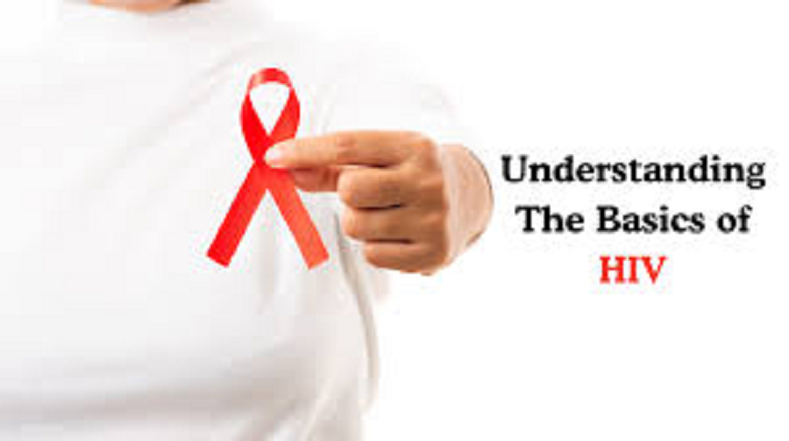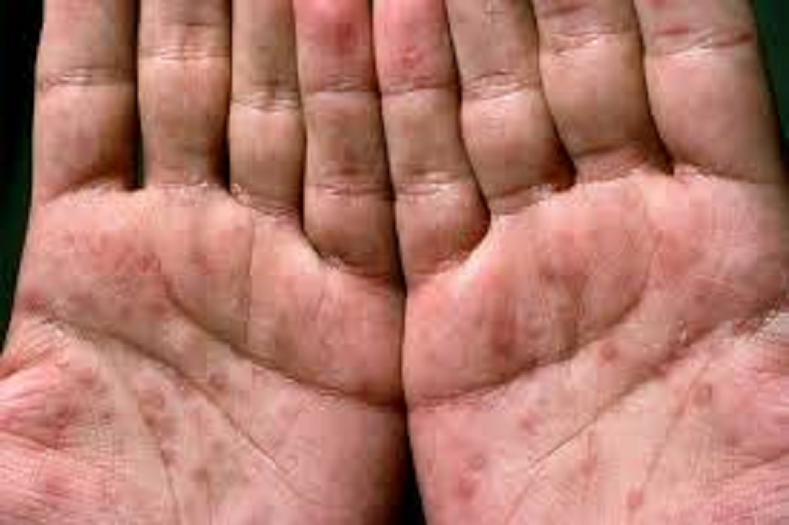HIV AIDS: How the risk of HIV increases, understand stage by stage how dangerous its symptoms become.
- bySherya
- 18 Oct, 2025

HIV AIDS: If someone becomes infected with HIV and does not seek timely treatment, the infection gradually progresses through three stages. Each stage has different symptoms and risks.

HIV AIDS: If a person becomes infected with the HIV virus and does not seek timely treatment, the infection gradually progresses through three stages. Each stage has different symptoms and risks. Doctors recommend that anyone who suspects they have been exposed to HIV should immediately consult a doctor.

In this situation, medication called post -exposure prophylaxis can prevent the spread of infection. Those who are constantly at risk can take pre-exposure prophylaxis to prevent the virus from developing in the body. So, let's explain how the risk of HIV can increase stage by stage .
Stage 1 – Acute HIV infection
After coming into contact with an HIV-infected person, the virus multiplies rapidly and its concentration in the blood increases. At this time, the virus is most contagious and easily transmitted to another person. The infection can spread through blood, semen, rectal fluid, vaginal fluid, and breast milk. Within two to four weeks of infection, many people develop flu-like symptoms that last for a few days or weeks. However, symptoms do not necessarily appear in everyone.
Stage 2 – Chronic HIV infection
If untreated after the first stage, the HIV remains active in the body at a slow rate. This is called the asymptomatic stage or clinical latency , because during this time, there are no or very mild symptoms. Even in this stage, the virus can spread to other people. Without treatment, this infection can last for 10 years or more. However, if the patient takes antiretroviral therapy, the spread of the infection can be prevented. This medicine significantly reduces the amount of HIV in the body, i.e., the viral load. If the viral load becomes so low that it cannot be detected in the test , then HIV cannot be spread from that person to others. This is called U & U , i.e., Undetectable-Untransmittable .
Stage 3 - AIDS
The most dangerous stage of HIV is stage 3 , known as AIDS . In this stage , the body's immune system becomes so weakened that it cannot fight even common infections . If untreated, the viral load continues to increase, and the number of CD4 cells drops to less than 200. In this stage , a person may develop opportunistic infections , i.e., infections that normal people do not.
Symptoms seen in stage 3
Persistent fever and night sweats, weight loss, persistent cough, frequent skin or mouth infections , diarrhea , and weakness





